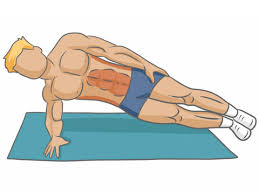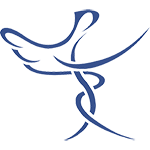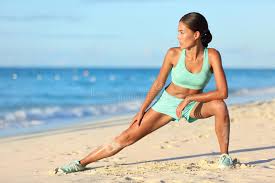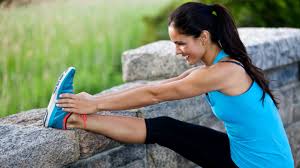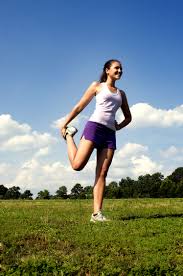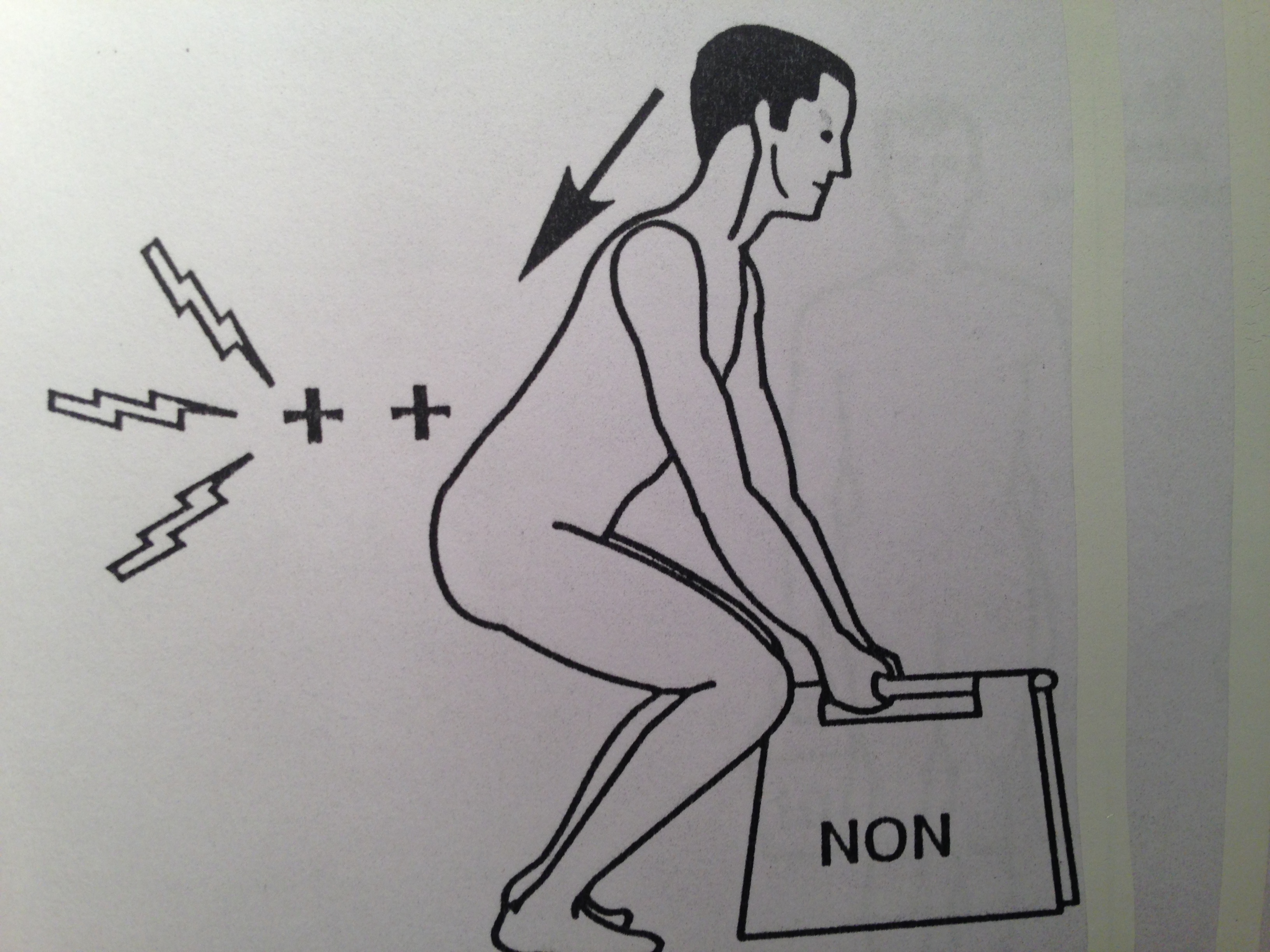The etiologies are often very complex and will be managed in an interdisciplinary way.
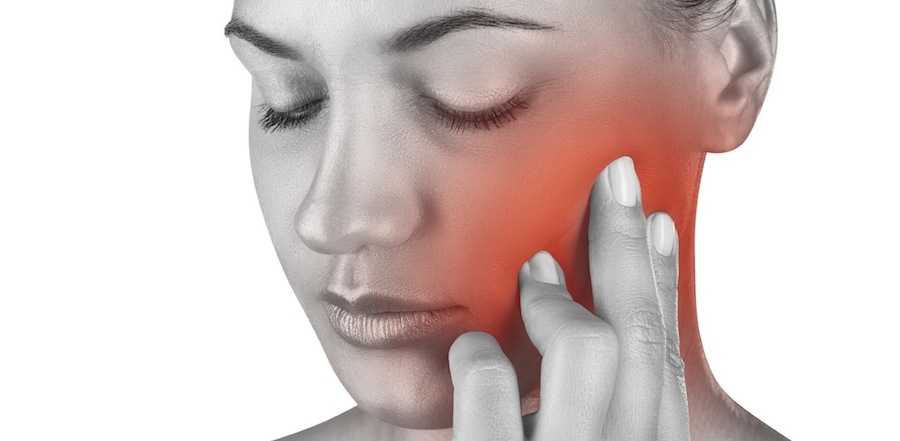
Let's mention the etiologies:
1. Dental.
2. Musculo-articular.
3. Morphological and bone.
4. Traumatism.
5. Linguinal.
6. Global dysfunction of the posture such as the pelvis (sacrum or ilium).
With regard to Osteopathy, it is necessary to make an overall and holistic assessment: craniosacral, mandibular, oral-fascial and lingual sphere, vertebral column, pelvis and visceral. Depending on the symptoms and dysfunctions the treatment will be oriented with a lot of precision.
Let’s recall some classic dysfunctions and their treatments.
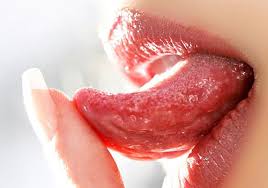
1. Lingual dysfunction.
Treatment: lingual exercises.
2. Craniosacral dysfunction.
Treatment: Craniosacral osteopathy, membranous tension balance (Sutherland).
3. Functional defects of the sacrum and ilums.
Treatment: Mitchell, tension ligamentous balance.
4. Dental dysfunction.
Treatment: dentist and orthodontist.
5. Psychological troubles: psychologist.
6. Orofacial dysfunction with musculo-articular disorders.
Treatment: Manual Therapy fascial muscles, masticators, cervical, exercises of the tongue.
In general, the treatment is interdisciplinary.
School notions of the back
When lifting a heavy weight, it is advisable to squat as far as possible and to inhale deeply, to contract the abdominal and gluteal muscles. This breathing and contraction increases the pressure around the spine and thus ensures a pneumatic jack that supports all sensitive structures. It is advisable to keep this contraction and attitude and to lift while straightening with the force of the extensor muscles of the lower limbs. Once the load is raised, it should be kept close to the body and deposited expiring at the end.
Do not forget your daily isometric exercise: maintain each posture 15 to 20 seconds, repeat twice a day
